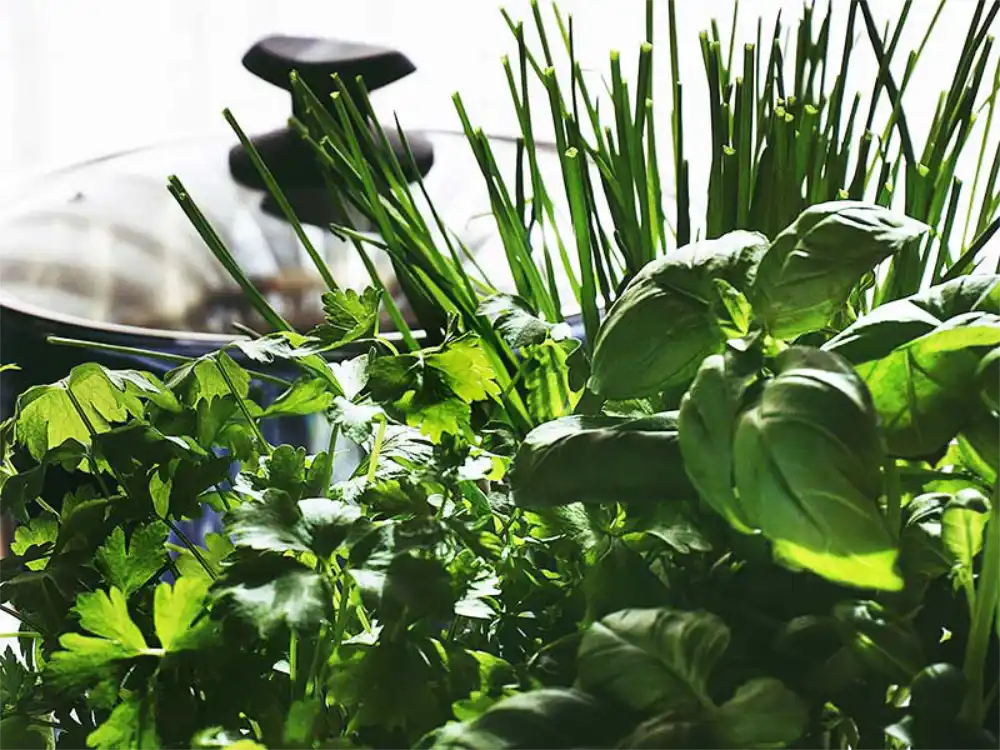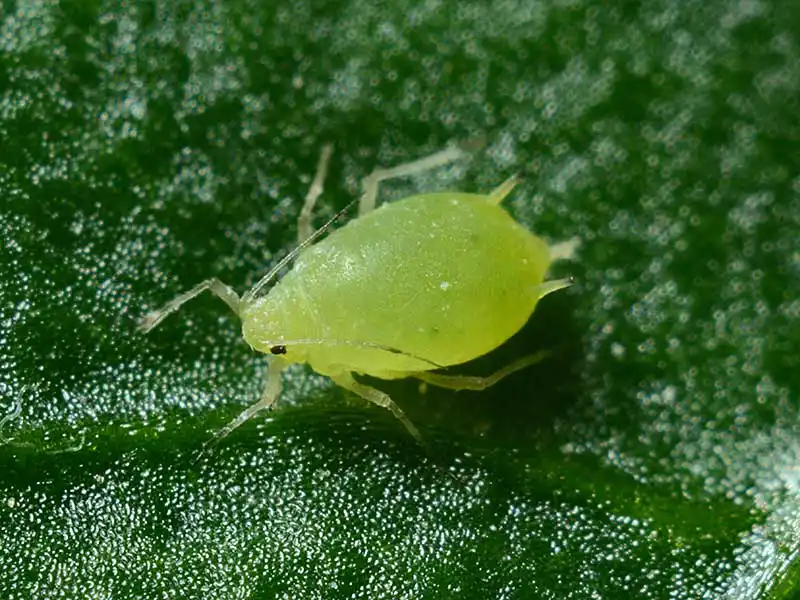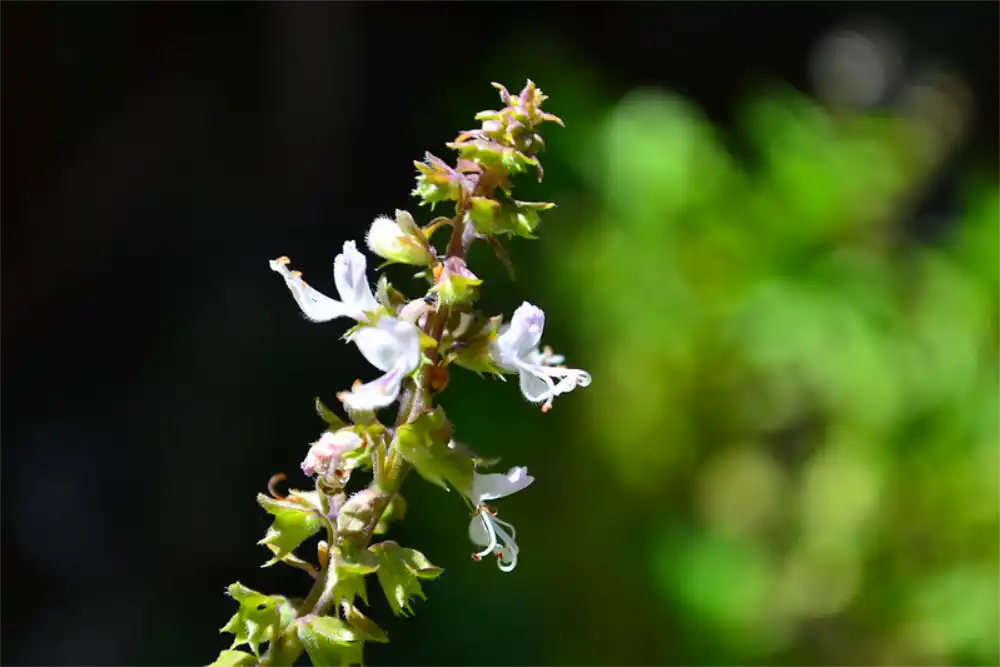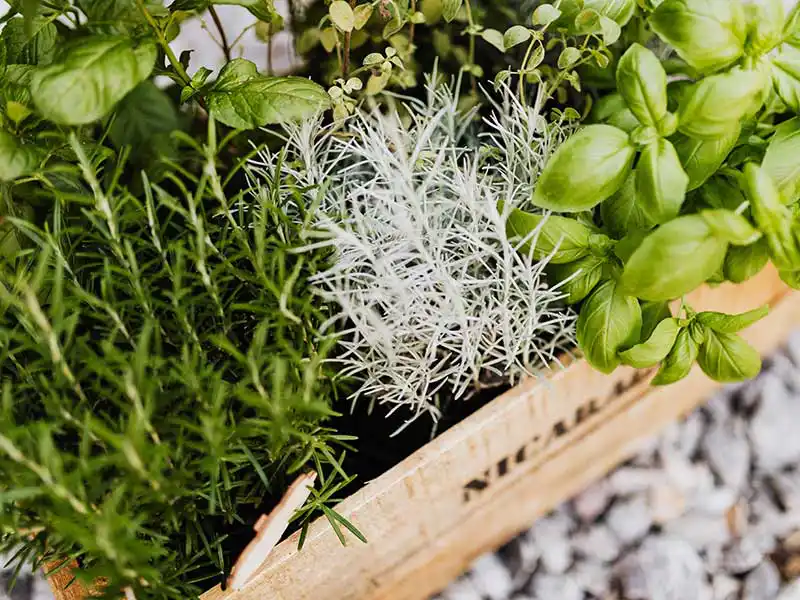Growing an indoor herb garden is a great way to have fresh and flavorful ingredients at your fingertips year-round. Not only does it save you money, but it also adds a pop of greenery to your home decor. In this article, we’ll dive into the world of indoor herb gardens and explore everything you need to know to start your own.
Benefits of an Indoor Herb Garden
There are many benefits to having an indoor herb garden. First and foremost, it allows you to have fresh herbs on hand whenever you need them. No more last-minute trips to the grocery store or wasted money on wilted herbs.
It also gives you control over the quality and safety of your herbs, as you know exactly what went into growing them. Additionally, indoor herb gardens are a great way to add greenery to your home decor, making it a functional and stylish addition to any space.
Indoor herb gardens can be as simple or complex as you want them to be, ranging from a single potted plant on a windowsill to a full-blown hydroponic system.
Grow Herbs Year-Round
You can grow herbs indoors year-round. However, the amount of light and temperature may affect their growth and health. During the winter months, when natural light is limited, consider using grow lights to supplement. Additionally, it’s important to maintain a consistent temperature and humidity level to ensure the herbs thrive.
How Do I Start an Indoor Herb Garden?
Starting an indoor herb garden is easy and doesn’t require much space or equipment. Here are the basic steps to get started:
- Choose a Location: Find a spot in your home that gets plenty of natural light, such as a windowsill or balcony. If you don’t have access to natural light, consider using grow lights.
- Choose Plants: Purchase healthy herb plants from a reputable nursery or garden center. Alternatively, you can start with seeds, but it will take longer to see results.
- Choose Containers: Select containers with good drainage and the appropriate size for your herbs. You can use plastic or terracotta pots for most herbs. Self watering plant pots are also a great option for herbs.
- Choose Soil: Use a high-quality potting soil that’s specifically designed for herbs. Avoid using garden soil, which can be too heavy, may not drain well, and may contain pests such as aphids.
Best Herbs to Grow Indoors

When it comes to indoor herb gardens, there are many herbs to choose from. Some of the best herbs to grow indoors include basil, chives, cilantro, mint, oregano, parsley, rosemary, sage, and thyme. These herbs are easy to grow and require minimal care, making them a great option for beginners. Additionally, they can be used in a variety of dishes, from soups and stews to salads and marinades.
| Herb | Best Growing Conditions |
|---|---|
| Basil | Bright, direct sunlight |
| Chives | Moderate sunlight |
| Mint | Moderate to low light |
| Rosemary | Bright, direct sunlight |
| Thyme | Moderate sunlight |
| Cilantro | Moderate sunlight |
| Sage | Bright, direct sunlight |
| Parsley | Moderate sunlight |
| Oregano | Bright, direct sunlight |
These herbs are among the best to grow indoors because they have a wide range of culinary uses and can add fresh flavor to any dish.
Hardest Herbs to Grow Indoors
While most herbs are relatively easy to grow indoors, some are more challenging than others. Herbs that require a lot of light and space, such as bay leaves and dill, can be difficult to grow indoors.
Additionally, herbs that require specific soil conditions, such as lavender and tarragon, may require more attention and care. The difficulty level for growing herbs indoors is generally the same as growing them outdoors. The main difference is that indoor herbs require different lighting and temperature conditions than outdoor plants.
Choosing the Right Containers
When it comes to choosing containers for your indoor herb garden, there are a few things to keep in mind. First, you want to choose containers that have good drainage to prevent water from pooling and causing root rot. Terracotta pots are a popular choice as they allow for good airflow and drainage. Plastic pots are also a good option and are often more lightweight and less expensive than terracotta.
Another option is to use self-watering containers, which have a reservoir at the bottom to keep the soil moist without overwatering. Finally, consider the size of the container – herbs generally don’t need a lot of space to grow, but you want to make sure the container is large enough to accommodate their root system.
Overall, choose a container that fits your style and needs, while also providing the proper growing conditions for your herbs. The sizes below are general guideline for maximum growth. Container size may also vary depending on the specific variety of the herb and its growth habit.
| Herb | Recommended Container Size |
|---|---|
| Basil | 6-8 inch pot |
| Chives | 4-6 inch pot |
| Cilantro | 8-10 inch pot |
| Mint | 12 inch pot |
| Oregano | 8-10 inch pot |
| Parsley | 8-10 inch pot |
| Rosemary | 12 inch pot |
| Sage | 8-10 inch pot |
| Thyme | 8-10 inch pot |
Choosing the Best Soil for Your Indoor Herb Garden
The best soil for an indoor herb garden should be well-draining, nutrient-rich, and slightly acidic. A good quality potting mix that contains a blend of peat moss, perlite, and vermiculite can provide these conditions. It’s also recommended to mix in some organic matter like compost or worm castings to further enrich the soil.
Avoid using garden soil as it may contain pests, diseases, and weed seeds. Additionally, make sure to choose a potting mix that is specifically formulated for indoor use, as it will likely contain less odor and may be less likely to attract pests.
Potential Issues with Growing Herbs Indoors

Indoor herb gardens are generally less prone to problems or attracting bugs than outdoor gardens, as they are protected from outdoor elements. Below are some potential issues to watch out for when growing indoors. This is not an exhaustive list and other issues may arise depending on the specific growing conditions and care practices.
| Herb | Potential Issues |
|---|---|
| Basil | Fungal diseases, spider mites, whiteflies |
| Cilantro | Bolting, fungal diseases, spider mites, whiteflies |
| Rosemary | Powdery mildew, spider mites |
| Mint | Root rot, spider mites, whiteflies |
| Thyme | Powdery mildew, spider mites |
| Parsley | Fungal diseases, spider mites, whiteflies |
| Oregano | Root rot, spider mites, whiteflies |
Common Pests and How to Treat
| Pest | Description | Control |
|---|---|---|
| Aphids | Small, soft-bodied insects that suck plant sap and reproduce rapidly | Spray with soapy water or insecticidal soap |
| Spider Mites | Tiny, spider-like pests that suck plant sap and leave webbing | Spray with soapy water or neem oil |
| Whiteflies | Small, moth-like insects that feed on plant sap and cause yellowing of leaves | Use sticky traps or spray with insecticidal soap |
| Fungus Gnats | Small, black flies that lay eggs in moist soil and feed on plant roots | Allow soil to dry out between watering or use yellow sticky traps |
To help prevent these pests, keep the indoor herb garden clean and free of debris, and to regularly inspect the plants for any signs of infestations. Using neem oil can be effective in keeping bugs at bay without using harmful chemicals.
Companion Planting an Indoor Herb Garden
When deciding on which herbs to grow in an indoor herb garden, it’s important to consider which herbs can be planted together. Some herbs can grow together and even complement each other, while others can hinder each other’s growth or even cause harm. Here are some herbs that can be planted together in an indoor herb garden:
- Basil and parsley
- Cilantro and mint
- Rosemary and thyme
- Sage and chives
It’s also important to note that some herbs, like mint, can be invasive and should be planted in their own separate container to prevent them from taking over the other herbs.
Incompatible Herbs in an Indoor Herb Garden
While some herbs can be planted together, there are also herbs that should not be planted together in an indoor herb garden. Here are some examples of herbs that should not be planted together:
- Dill and fennel – they can cross-pollinate and produce bitter-tasting seeds
- Basil and rue – basil can stunt the growth of rue
- Rosemary and basil – rosemary prefers drier soil than basil and can be negatively affected by the excess moisture in the soil
- Mint and any other herbs – mint can be invasive and take over the other herbs
Your Herbs Might Flower (Bolt)

When herbs start to flower, also known as bolting, they focus their energy on producing seeds rather than growing new leaves, which can cause the herb to lose its flavor.
For this reason, it’s recommended to snip off any flowers that appear on your herbs. This will encourage the herb to produce more leaves and prolong its growing season.
Herbs That You Should Definitely Not Let Flower
Some herbs should not be allowed to flower at all, as it can affect their flavor and even be harmful to consume. Here are some examples of herbs that should not be allowed to flower:
- Basil – flowering can make the leaves bitter and tough
- Chives – flowering can cause the leaves to become less flavorful and tougher
- Cilantro – flowering can cause the leaves to become less flavorful and even develop a soapy taste
Indoor Herb Garden Kits
Indoor herb garden kits are an excellent option for those who want to start their herb garden but don’t know where to begin. The kits come with everything you need to get started, including seeds, soil, and containers. Some kits even come with grow lights, which are essential for those who don’t have access to enough sunlight. They are available in various sizes, from small countertop kits to larger ones that can be placed on the floor. Indoor herb garden kits can also be a great way to introduce children to the world of gardening and as a bonus you’ll get to enjoy fresh herbs all year round.
- Gifts for Gardener
Conclusion
Growing an indoor herb garden can be a rewarding and satisfying experience. With the right conditions and proper care, you can have fresh herbs at your fingertips all year round. Befor you know it you’ll be enjoying them in your culinary creations such as basil pesto.
Whether you’re an experienced gardener or a beginner, an indoor herb garden can be a great way to add flavor and freshness to your meals while adding some greenery to your home.
FAQ: Indoor Herb Gardens
What herbs can survive winter indoors?
Some of the best herbs that can survive winter indoors include rosemary, thyme, sage, and parsley. These herbs can tolerate lower light and temperature conditions and can be grown in pots or containers on a sunny windowsill.
Can I grow basil indoors all year round?
Yes, you can grow basil indoors all year round as long as you provide it with the right growing conditions, such as plenty of sunlight, well-draining soil, and regular watering. Once you have an established plant, you can grow more basil from cuttings.
Are coffee grounds good for herbs?
Coffee grounds can be good for herbs as they contain nitrogen, which is essential for plant growth. However, they should be used in moderation as they can increase soil acidity and make it difficult for some plants to absorb nutrients. We use small amounts of coffee grounds as a fertilizer for basil.
Does cinnamon get rid of gnats in plants?
Yes, cinnamon can help get rid of gnats in plants as it contains anti-fungal properties that can prevent the growth of fungus in the soil. Simply sprinkle a small amount of cinnamon on the soil surface to discourage the gnats from laying their eggs.
How often should indoor herbs be watered?
The frequency of watering indoor herbs depends on several factors such as the plant species, the pot size, and the environmental conditions. In general, indoor herbs should be watered when the soil feels dry to the touch, but avoid overwatering as it can cause root rot. It’s best to check the moisture level of the soil regularly to determine the appropriate watering schedule.









